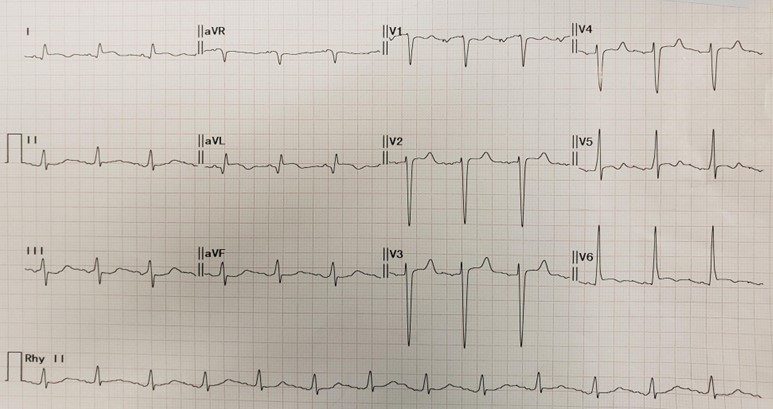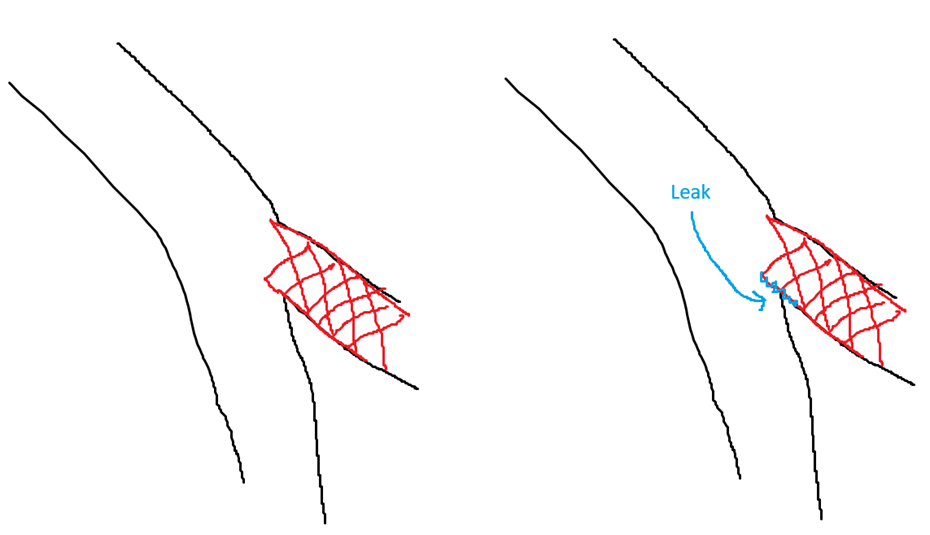Lots of interesting abstracts and cases were submitted for TCTAP 2025. Below are the accepted ones after a thorough review by our official reviewers. Don’t miss the opportunity to expand your knowledge and interact with authors as well as virtual participants by sharing your opinion in the comment section!
TCTAP C-133
When Less Is More
By Yue Hin Tang, Cheuk Hang Ivan Tsang
Presenter
Yue Hin Tang
Authors
Yue Hin Tang1, Cheuk Hang Ivan Tsang1
Affiliation
Princess Margaret Hospital, Hong Kong, China1,
View Study Report
TCTAP C-133
Coronary - Complication Management
When Less Is More
Yue Hin Tang1, Cheuk Hang Ivan Tsang1
Princess Margaret Hospital, Hong Kong, China1,
Clinical Information
Patient initials or Identifier Number
Relevant Clinical History and Physical Exam
Our patient is a 59 years old gentleman, with multiple risk factors including hypertension, diabetes, chronic renal failure on hemodialysis (HD), cryptogenic liver cirrhosis, etc.He had an episode of chest pain during HD in June 2023, however diagnostic coronary angiogram at that time showed mild disease only.Transthoracic echocardiogram showed concentric LVH with diastolic dysfunction.Since 2024, he experienced recurrent episodes of angina during HD and hence coronary workup was repeated.


Relevant Test Results Prior to Catheterization
Blood tests revealed a markedly elevated high-sensitive troponin I level to more than eight thousand.Transthoracic echocardiogram showed concentric left ventricular hypertrophy changes with a normal left ventricular systolic function without regional wall motion abnormalities.ECG showed LVH pattern changes with non-specific dynamic T wave changes.
Relevant Catheterization Findings
Diagnostic coronary angiogram breakdown as follow:Left Main: NormalLeft circumflex & Right coronary artery: Mild diseaseLeft anterior descending: NormalDiagonal branch (D2): Sizable vessel with severe 90% stenosis from ostium to proximal part with heavy calcification


Interventional Management
Procedural Step
After diagnostic coronary angiogram, we proceeded to functional study of the D2 branch using 7Fr EBU 3.75 which confirmed functional significance with a RFR value of 0.75 and we proceeded with PCI. Ostium to proximal D2was pre-dilated with non-compliant 2.0 & 2.5 as well as cutting 3.0 balloon with recoil noted on angiogram after balloon inflation.IVUS imaging revealed underlying heavily calcified lesion and a sized-down 3.0 Shockwave balloon was deployed hoping to crack the calcium.Unfortunately the situation was complicated by perforation at very proximal D2 after Shockwave balloon inflation. The leak was localized at D2, yet balloon tamponade failed to seal the leak and hence 3.0 cover stent was deployed at D2 which seemingly sealed the leak.With a hope to reshape/align the carina, sequential dilatation of ostium D2 followed by kissing balloon inflation (KBI) with NC 3.5 in LAD & NC 3.0 in D2 was done. Unfortunately bleeding re-emerged after KBI, possibly due to crumpling of the proximal part of cover stent with possible extension of perforation into LAD. Thereafter the procedure became difficult as multiple balloon tamponade attempts in LAD/D2 failed to seal the leak. We ran out of options and had to deploy two cover stents in p-mLAD in order to control the leak. After stenting the LAD the leak improved but still some slow leak remained and we decided to go for reverse heparinization. Eventually the leak was much reduced to a minimal extent.






Case Summary
This case demonstrated how our team tackled an unfortunate PCI complication of diagonal branch perforation.
On hindsight, protruding less of the diagonal cover stent or stopping the procedure right after deploying diagonal cover stent may lead to a better outcome, hence the title "When Less Is More".
Yet different operators may have different bailout methods in this scenario and the best way to salvage remains debatable. No single answer fits all as factors such as location of perforation and response to balloon tamponade matter.
We avail ourselves of this opportunity to share, discuss & exchange knowledge with colleagues worldwide in tackling such kind of complication.


